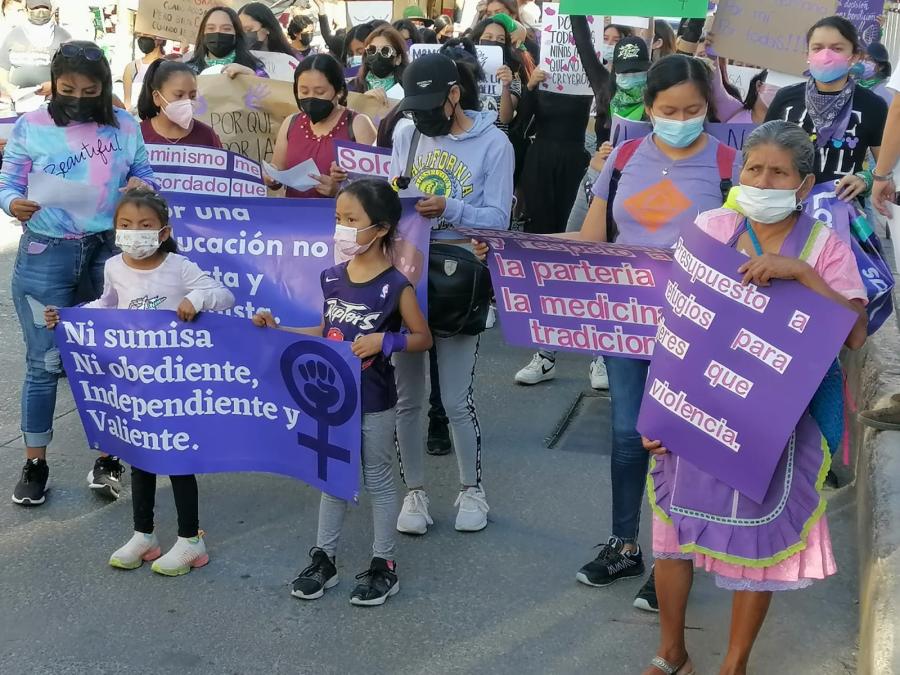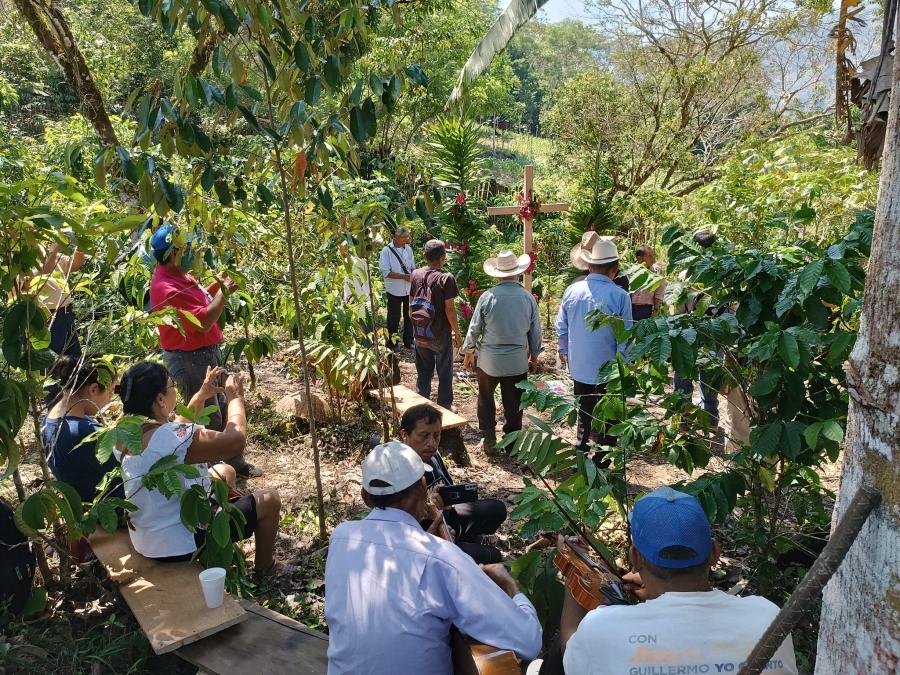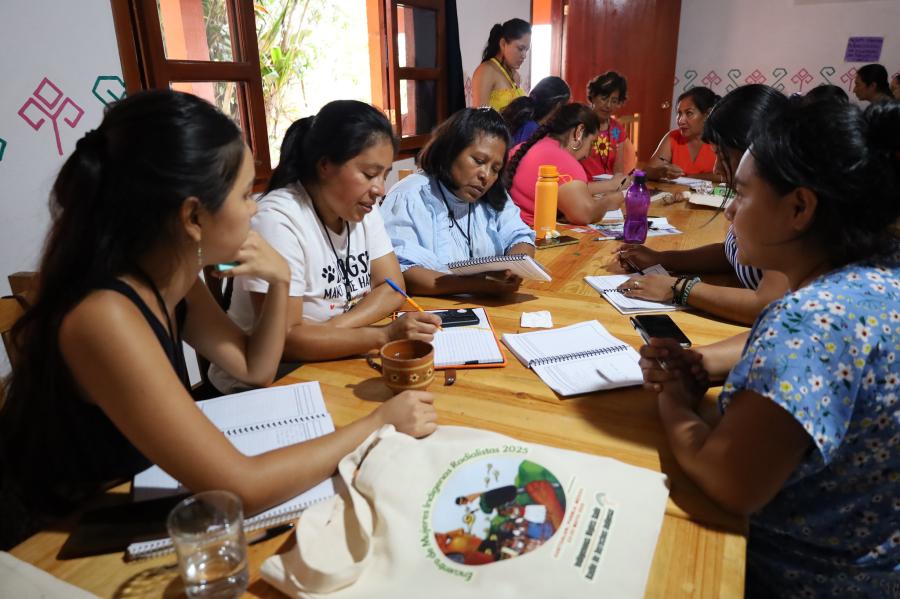Before the arrival of the Spanish in northern Mexico, the Tarahumara people occupied a vast zone in what is now the central and lower part of the state of Chihuahua. The discovery of gold and silver at Parral in 1631 helped stimulate Spanish penetration into regions occupied by Tarahumaras. Along with this penetration came conscription of Tarahumaras into forced labor in the mines. According to Gabriela P. Robledo Hernandez, author of Los Tarahumaras, this caused the abandonment of original Tarahumara settlements and migration to secluded, inhospitable places such as the higher mountain altitudes, or to mission colonies. Periodic uprisings against the Spanish lasted until the middle of the eighteenth century.
Jesuit missioners who worked with Tarahumara were pulled out by Carlos III of Spain in 1767, leaving behind influences that were incorporated into traditional Tarahumara culture, expanding it without substantially altering its substance. Perhaps the most lasting effect of the missionary influence was the establishment of a series of small towns throughout the region, which today serve as centers of trade and contact with the world at large.
At the end of the nineteenth century, an enormous migration of outsiders into the region was stimulated by the large scale exploitation of minerals and forests and the building of the Kansas City-Topolobampo railroad. This influx of new settlers contributed to the resettlement of Tarahumara onto increasingly marginal lands, threatening their livelihood. Not only has agriculture been insufficient to sustain the Tarahumara since they moved into inhospitable mountainous areas, but the weather has been difficult. During the last decade half the harvesters have failed. Five Tarahumara governors visited nearby Juárez (across the border from El Paso, Texas) to plead for changes in government politics as well as for emergency supplies. Today, many Tarahumara depend almost totally on outside relief for survival.
A tremendous exodus of people from their lands and disruption of their lifestyles has been the inevitable outcome. For many, the only alternative is to move into the cities where they face unemployment in an entirely alien environment.
Handicraft production, however, especially basketry and pottery-making, has moving in the past few years from its utilitarian place in Tarahumara life to a mercantile one. Indeed, for those who have toughed out the weather and the erosion of traditional livelihoods, the commercialization of their handiwork has become a means of survival.
In fact, Tarahumara crafts have become extremely popular. There is hardly a folk-art boutique in the Southwest that does not sell Tarahumara goods. A national women's magazine recently featured a model room decorated with Tarahumara pots and drums. And herein lies the problem. Together with the recognition their art has received has come the attention from commercial import wholesalers. Almost all of these wholesalers have been quick to take advantage of the economic desperation of Tarahumaras by paying ridiculously low prices for their work. The same basket for which an artisan is paid pennies, is resold in Santa Fe or Denver for as much as 50 times its original price.
One way Tarahumara attempt to counter such exploitation is by selling to intermediaries who will pay a fair price for their goods. Towards this end, several crafts cooperative have been established to market goods collectively. One example of such an effort is the Mision Tarahumara Artesanias program. This is an attempt by Tarahumara and Jesuits in the region to buy crafts in quantity at fair prices and resell them to alternative trading organizations in the US, thus earning more for producers than commercial wholesalers usually pay. In addition, all profits above those paid to the artisans support the regional hospital or other projects such as cooperative cloth buying program.
Ideally, even small cooperative endeavors that utilize native resources and skills should help to encourage community economic development, but, due to numerous historical, political and social factors, this not happening in Tarahumara regions. Without a broader base of economic development, efforts such as handicraft marketing programs, however public-welfare oriented, usually remain little more than emergency survival measures for many Tarahumara.
Before traditional skills can be converted into the establishment of a solid economic base on which Tarahumara can be self-sufficient, other measures must be taken. Land reform and land rights protection, increased public services, creation of employment opportunities that reflect the long-term needs of the community and the natural environment, and loan and extension services are needed in order for community-wide economic growth to be effective. However, any time people work cooperatively to solve their communities' problems, a first step is made toward a stronger social and political unity. It is that kind of unity, focused on social change, that will produce the strength to demand the other changes needed to bring about substantial and long-term community development and self-reliance.
Article copyright Cultural Survival, Inc.



